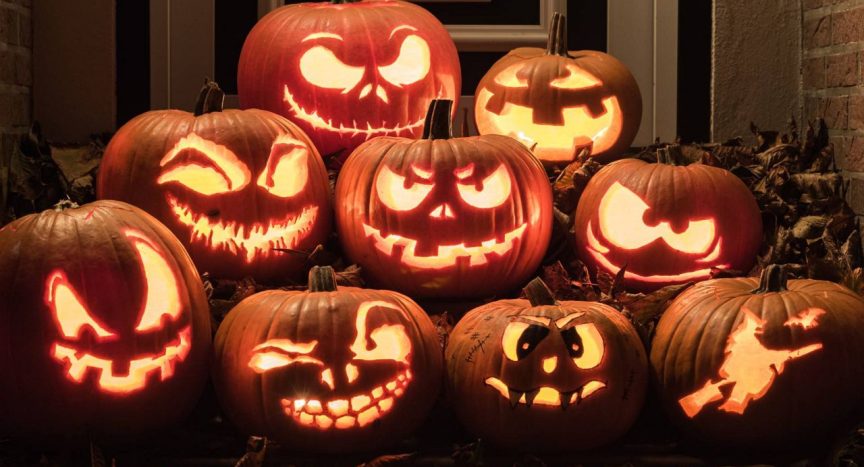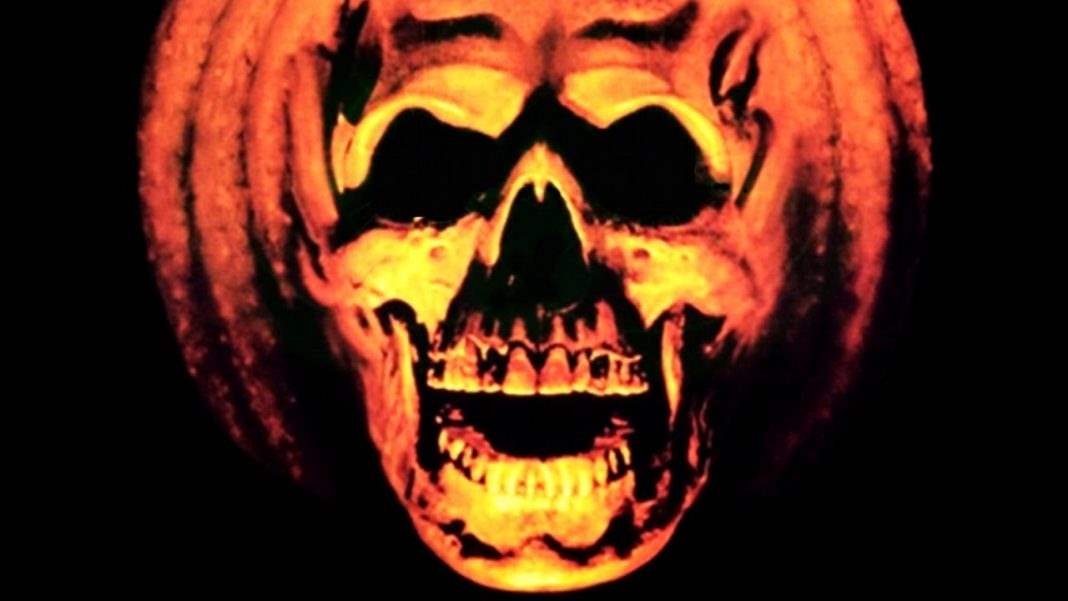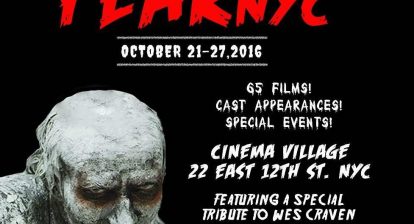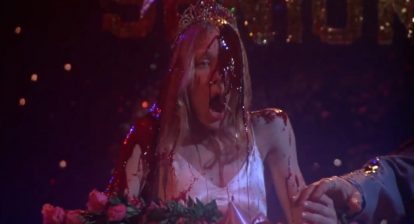How the origins of Halloween influenced Irish Horror through its books and movies.
Now that spooky season is officially upon us, it would be bad luck to not talk about Irish horror culture, because believe it or not, Halloween is an Irish Celtic festival and not an American one. I know, right?! It originates from the ancient pagan Celtic festival known as “Samhain”. The pagan Celts would light bonfires and Jack-O-Lanterns and dress up in scary costumes to ward off evil spirits. These Celts were scattered throughout northern Europe, especially Ireland, around 2,000 years ago.
My homeland of myth and folklore has a superstitious and religious attitude steeped well into its rolling green hills. And beyond the natural world, Ireland’s cities are also possessed of a creepy, old-world vibe. Whether walking its cobblestone streets or growing up listening to old horror tales, I’ve always sensed its gothic atmosphere.
Ireland is mainly a Catholic country, which means it offers up threats of burning in hell for one’s sins once a week every Sunday morning. But instead of terrifying me growing up, that religious element gelled with the rest of Ireland’s mythical and gothic backdrop to create a fascination for all things dark in nature for me to devour. Now, let’s get into it, shall we?
Stoker and The Vampire Origins:
If you’re a fan of horror movies, especially any of the countless vampire movies out there, then we need to talk about Bram Stoker. Stoker was an Irish author who wrote a novel that had a massive influence on the horror genre. Published in 1897, Dracula was then adapted into a ridiculous number of films. You can check out Wicked Horror’s picks for some of the most impressive efforts here.
Stoker was born in Clontarf, Co. Dublin, where I lived for a long time, and still consider it to be my home. You can see how he was influenced by the myths and legends surrounding eastern Europe and Ireland from that time. His mother would tell him stories about famine, cholera and poverty in rural Ireland in the 19th Century. Starving, sick people who resembled walking skeletons throughout the land which perhaps makes sense that the original title of Dracula was actually The Un-dead.
And in memory of this mighty horror man, there is a Bram Stoker hotel right in the same village where he grew up. You may be wondering whether I stayed in the hotel? Of course I did–and yes, it was just as I expected, Gothic in its decor and the perfect homage to Dracula himself. I have fond memories of looking out onto the harsh sea of Bull Island through a perfect bay window. I can imagine Mina lying on the same 4-poster bed longing for her master.
Every Halloween, there is a Bram Stoker Festival held in Dublin to celebrate the genius of this sacred man. Stoker enthusiasts can watch horror movies, participate in horror discussions, learn about the history of Samhain and send their kids out to enjoy some gruesome activities.
You can learn more about the Bram Stoker Festival here.
Neil Jordan and his Vampires:
If Bram Stoker is Ireland’s most famous horror novelist, then Neil Jordan is perhaps Ireland’s most famous director. Jordan, director of non-horror movies like Michael Collins and The Crying Game, couldn’t resist delving into the macabre with two productions in particular: Interview with the Vampire and Byzantium.
Neil Jordan has stated that Bram Stoker’s Dracula influenced him greatly growing up as he used to live close to Stoker’s house as a child. Jordan’s homoerotic, vampiric tale Interview with the Vampire, starring Tom Cruise, Brad Pitt, and a very young Kirsten Dunst, is based on the southern Gothic horror novel of the same name by the late American writer Anne Rice.
I won’t shame you, however, if you haven’t seen Jordan’s lesser-known vampire movie, Byzantium. It stars Irish actress Saoirse Ronan and English actress Gemma Arterton, playing two vampires on the run. It is a decent movie with a gorgeous seaside location–the perfect setting for two beautiful female vampires. You could say it’s thematically similar to Interview with the Vampire, but it’s focused on two women instead of men. It goes without saying that Neil Jordan has inspired a whole new batch of Irish filmmakers who have allowed the genre to thrive fully in the backdrop of the nation’s countryside.
Irish Comedy Horror:
Another Irish vampire movie with ties to Stoker is the 2020 horror comedy, The Boys from County Hell. It’s full of Irish slang and bad language, exactly how I want my Irish movies to be. It stars a full Irish cast and features a soundtrack of Irish musicians to go with it, including “Bad Penny” by the amazing Rory Gallagher (I’m a sucker for a good movie soundtrack).
The Boys from County Hell gives a clever nod to Stoker by calling the local country pub “The Stoker”, a pretty obvious way to pay respects. Other horror references include a scene where two Canadians enter the bar and the locals are determined to make them feel unwelcome, much like the opening scene of An American Werewolf in London. This is a movie that’s after my own Irish heart, a blast of pure, silly, horror fun. Humorous bad language is used throughout for golden, comedic timing. One hilarious scene involves the actress Louisa Harland, who you’ll recognise from the comedy series Derry Girls, using a digger to bury one of the vampires while declaring under her breath, “Fuckin’ bastard!”, which can only truly be said properly in an Irish accent. There is plenty of gore and excellent special effects to keep you interested throughout.
So, for all you horror fans out there, make sure to treat yourselves to these Irish horror gems mentioned above. Bram Stoker still manages to influence our rich culture of Irish horror movies to this day.
Ireland’s horror movie scene is vast and there are many more I haven’t mentioned but the above movies are a good place to start. Vampires, humour and gore, what more could you need for spooky season, apart from some tasty popcorn and a packet of Banshee Bone crisps (but you’ll need to come to Ireland to find those).
If you want to hear more horror banter from two Irish horror fanatics, check out my Horror Therapy podcast on Spotify.





